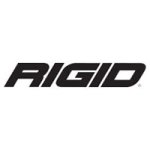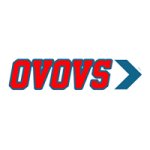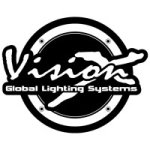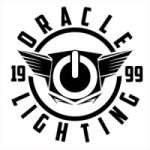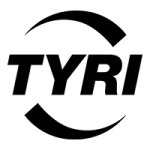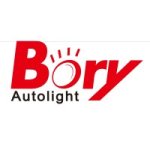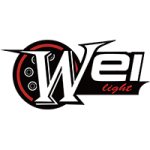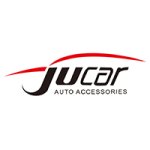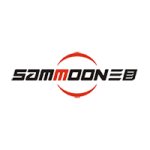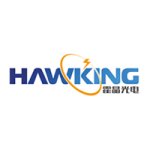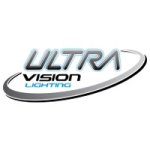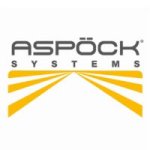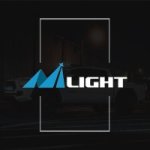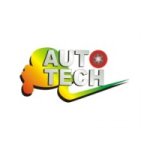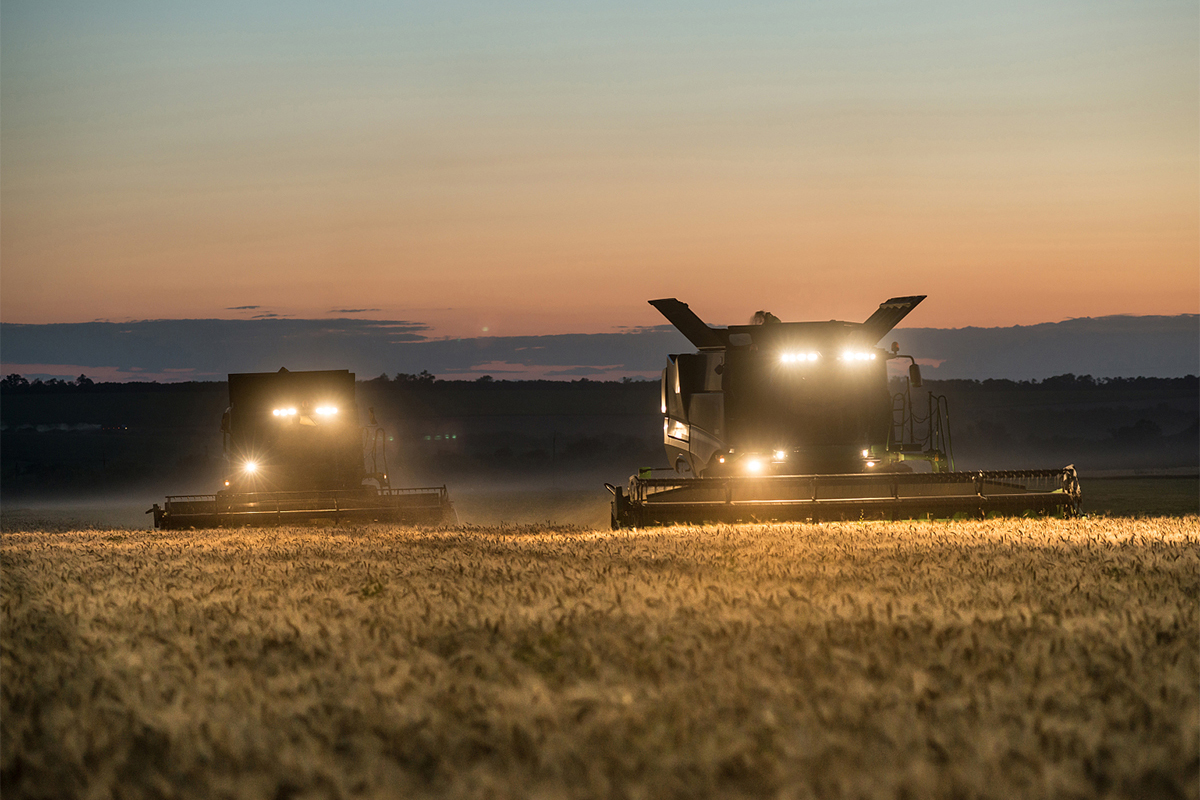
Vehicle flood lights are auxiliary lights mounted on vehicles to provide broad and intense illumination over a wide area. These lights are designed to supplement the standard headlights and are particularly useful in scenarios where additional, intense lighting is required. Vehicle flood lights are auxiliary lighting fixtures that are strategically mounted on vehicles to deliver expansive and powerful illumination across a wide area. The capacity to cast a broad and even beam of light is particularly beneficial in off-road driving, construction sites, agricultural settings, or any scenario where a large field of vision is essential. Flood lights are versatile and can be mounted on various parts of the vehicle, including the roof, front grille, bumpers, or other strategic locations. The popularity of flood lights is further enhanced by the widespread adoption of LED technology which offer advantages such as energy efficiency, long lifespan, and the ability to produce bright and focused light.
Vehicle-mounted flood lights find various applications across different industries and scenarios where enhanced illumination over a wide area is required. The versatility of vehicle-mounted flood lights lies in their ability to adapt to different environments and applications. Off-road enthusiasts commonly use flood lights to navigate challenging terrains during nighttime adventures. The wide illumination pattern helps drivers spot obstacles, navigate rough terrain, and enhance overall safety in off-road environments. Construction vehicles, such as trucks, bulldozers, or cranes, may be equipped with vehicle-mounted flood lights to provide additional lighting at construction sites during late hours. This improves visibility for operators and enhances overall safety. Farm vehicles, tractors, and agricultural machinery can benefit from mounted flood lights to extend working hours. This is particularly useful during critical activities like harvesting or field preparation. Utility trucks, service vehicles, and maintenance vehicles may be equipped with flood lights to illuminate work areas, especially in remote locations or during nighttime operations. This enhances worker safety and productivity. Mining trucks, excavators, and other heavy equipment in mining operations benefit from mounted flood lights to illuminate large work areas, enhancing safety and productivity in mines. Tow trucks and recovery vehicles often use mounted flood lights to illuminate accident scenes or breakdowns, aiding recovery operations and ensuring the safety of both operators and other road users. Emergency vehicles, including police cars, fire trucks, and ambulances, use mounted flood lights to illuminate emergency scenes. This aids first responders in carrying out their duties efficiently and ensures safety during nighttime emergencies. Vehicles involved in search and rescue operations, such as those used by law enforcement or rescue teams, often have mounted flood lights to provide powerful illumination over large areas, helping locate individuals or objects. Military vehicles often use mounted flood lights for tactical purposes, perimeter illumination, or to provide visibility during military operations conducted in low-light conditions. RVs and motorhomes may be fitted with mounted flood lights to illuminate campsites, providing occupants with a well-lit outdoor space for activities during evenings or nights. Vehicles used for event management, security patrols, or parking lot management may have mounted flood lights to ensure well-lit surroundings, improving security and facilitating smooth operations during events.
The adoption of LED technology in vehicle-mounted flood lights reflects a commitment to efficiency, durability, and innovation in vehicle lighting solutions. The low power consumption of LEDs is advantageous for vehicle-mounted flood lights, providing efficient and powerful illumination while preserving battery life, minimizing strain on the vehicle's electrical system, and contributing to long-term cost-effectiveness. LEDs are solid-state devices without fragile components like filaments or glass bulbs. This makes them more robust and resistant to vibrations, impacts, and harsh conditions. Vehicle-mounted flood lights using LED technology can withstand the rigors of off-road driving or other demanding environments. The longevity of LED lights reduces the frequency of replacements and maintenance, lowering overall operational costs. LEDs are inherently compact and allow for flexible design options. This compactness is advantageous for vehicle-mounted flood lights, as it enables the creation of slim and aerodynamic light bars or fixtures that seamlessly integrate with the vehicle's design without compromising performance. LED technology allows for precise control of light direction, enabling the design of focused and directional flood lights. This is beneficial for vehicles that require specific illumination patterns, such as off-road vehicles navigating challenging terrains. LEDs can be spectrally engineered to produce a range of colors. This flexibility in color options is valuable for various applications, including emergency response vehicles that may need specific colors for signaling or identification purposes. LEDs provide instant illumination when powered on, eliminating any delay or warm-up time. This feature is particularly beneficial for vehicle-mounted flood lights, where immediate and reliable illumination is crucial for safety and operational efficiency. LED lights are easily dimmable, allowing users to adjust the intensity of illumination according to specific needs. This feature is advantageous for scenarios where varying levels of brightness are required. LED technology can be easily integrated with advanced control systems, allowing for features such as adaptive lighting, dynamic beam patterns, and smart lighting functionalities. This enhances the overall performance and functionality of vehicle-mounted flood lights.
Vehicle-mounted LED flood lights come in various forms, referring to their physical designs, configurations, and mounting options. LED light bars consist of multiple individual LED lights arranged in a bar format. They provide a wide and powerful beam, covering a larger area. They are commonly used on off-road vehicles, trucks, and emergency. Light bars can be mounted on the roof, front bumper, or other suitable locations on a vehicle. Cube or pod lights are compact, individual LED units often shaped like cubes or small pods. Cube or pod lights offer versatility and can be arranged in different configurations to achieve specific lighting patterns. These lights can be mounted on various parts of the vehicle, such as the front grille, A-pillars, or rear bumper. Round flood lights feature a circular design with a concentrated flood beam pattern. They are commonly mounted on the front or rear bumpers, roof, or other suitable locations. Rectangular flood lights have a rectangular shape and emit a wide flood beam. Hood-mounted flood lights are designed to be mounted on the hood of a vehicle. They are attached to the front part of the hood for additional forward illumination. Grille-mounted flood lights offer integrated lighting without protruding significantly from the vehicle's front. Rear bumper-mounted flood lights contribute to visibility when reversing or in low-light conditions. These forms of vehicle-mounted LED flood lights offer diverse options for users to customize the lighting setup of their vehicles based on the intended application, aesthetics, and functionality.
The design of vehicle-mounted LED flood lights involves a comprehensive approach that addresses optical performance, durability, environmental resistance, and compatibility with the vehicle's electrical system. The choice and integration of LEDs is a critical aspect of the design. High-quality and energy-efficient LEDs are selected to ensure bright illumination with lower power consumption. The choice of LED types in vehicle-mounted flood lights depends on factors such as the desired lumen output, beam characteristics, energy efficiency, lumen maintenance, and specific functionalities required for the application. High power LEDs are designed to emit a significant amount of light from a single diode. They are known for their high luminous output and are capable of producing intense and focused beams. COB LEDs consist of multiple LED chips packaged closely together on a single board. The close arrangement of individual LED chips contributes to a seamless blend of light. Mid-power LEDs are designed to strike a balance between luminous output and efficiency. Solder reliability is an important consideration for high power LEDs and COB LEDs when they're mounted on the metal core printed circuit board (MCPCB). Vehicles, especially those used off-road or in challenging conditions, can experience vibrations and mechanical stress. These conditions can put strain on solder joints. Reliable soldering is essential to withstand the mechanical stress and vibrations, ensuring that the LEDs remain securely attached to the MCPCB without compromising electrical connections. The optical design of the flood light determines the beam angle and distribution of light. LED flood lights are designed to emit a wide and even beam, covering a large area. The optical system may include lenses, reflectors, or diffusers to achieve the desired light pattern.
The driver and control circuitry for vehicle-mounted LED floodlights play a crucial role in regulating power, managing lighting modes, providing dimming functionality, and ensuring protection and longevity for the LEDs. LED drivers are designed to convert the vehicle's electrical power to the specifications required by the LEDs, which typically operate at low voltage and direct current (DC). The driver includes voltage regulation circuitry to maintain a stable voltage supply to the LEDs. This is important for preventing fluctuations that could affect the brightness and longevity of the LEDs. LED drivers also incorporate current regulation to control the amount of current flowing through the LEDs. This ensures that the LEDs operate within their specified current limits, preventing damage and ensuring consistent performance. Some LED floodlights for vehicles come with dimming functionality. The LED driver may include circuitry that allows users to adjust the brightness of the lights. This can be useful for adapting to different lighting needs or conserving power when maximum brightness is not required. The LED driver may have built-in protection circuitry to safeguard the LEDs from voltage spikes, overcurrent, and other electrical irregularities. Protection features contribute to the durability and reliability of the LED floodlights. Control circuitry is responsible for managing various lighting modes and features. For example, if the LED floodlights have multiple modes (e.g., steady illumination, flashing, strobe), the control circuitry enables users to switch between these modes. The driver and control circuitry are designed to be compatible with the electrical systems of the vehicle. This ensures seamless integration, proper power supply, and coordinated operation with other vehicle components. The driver and control circuitry for vehicle-mounted LED flood lights must include measures to provide protection from electromagnetic interference (EMI). Electromagnetic interference can adversely affect the performance of electronic components and systems, and in the case of LED flood lights, it's crucial to ensure reliable and interference-free operation.
The design and construction of vehicle-mounted LED floodlights prioritize durability, weather resistance, thermal management, and protection against environmental factors. The housing of the LED flood light is typically made of durable and weather-resistant materials. Common materials include aluminum, die-cast metal, or robust plastics. The design ensures protection against environmental factors such as water, dust, and impact. Given that vehicles may encounter vibrations during off-road driving or other challenging conditions, the construction of LED floodlights includes features to absorb or resist vibrations. This ensures the longevity of internal components and maintains stable performance. To enhance durability, some LED floodlights incorporate shock-absorbing mechanisms or mounting systems. This helps protect the internal components from shocks and vibrations, especially in off-road or rugged driving conditions. The internal electronics, including the LED driver and control circuitry, are often encapsulated or sealed to protect them from moisture, dust, and other contaminants. This sealing ensures the reliability and longevity of the electronic components. The lens covering the LED array is designed to be impact-resistant, providing protection against debris, stones, or other objects that may come into contact with the lights. In outdoor and challenging environments, exposure to corrosive elements is a concern. LED floodlights for vehicles are often coated with corrosion-resistant finishes or materials to withstand the effects of corrosion over time. The mounting systems for vehicle-mounted LED floodlights are designed to be sturdy and secure. This ensures that the lights remain in place even under harsh conditions, preventing misalignment or damage during vehicle movement.



